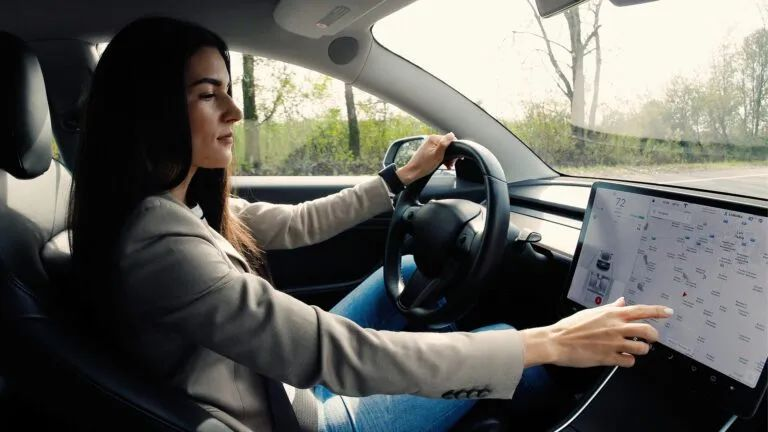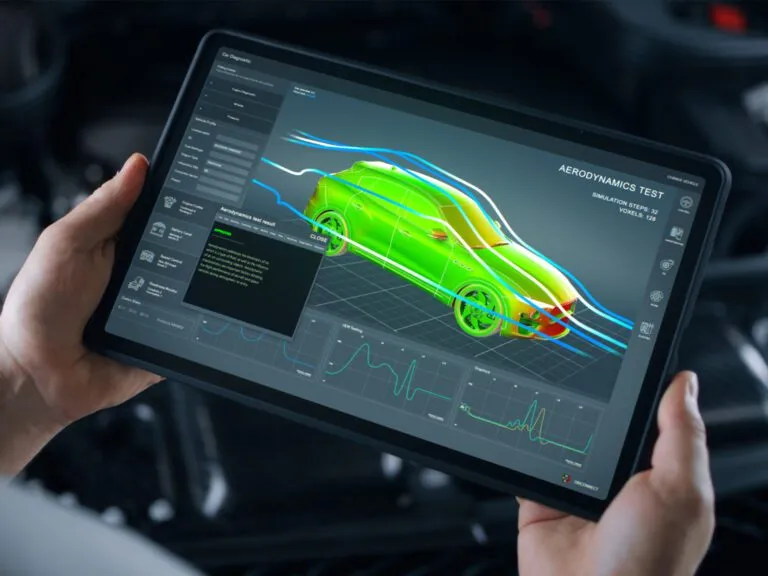Vehicle electrification, connected transportation infrastructure, and high-speed communication systems are converging to create a safer, more efficient, and more connected automotive ecosystem for cities around the world.
Car electrification has changed more than just electric cars. Safety systems, driver assistance technologies, and connected entertainment, navigation, and communication tools have transformed the driving experience. At the start of the decade, electronics accounted for less than 20 per cent of a car's total cost; By 2020, it will be 40%; By 2030, analysts expect electronics to account for about half of the price of a new car. In terms of electric vehicles, according to the International Energy Agency (IEA), electric vehicles will account for about 18 percent of total vehicle sales in 2023, up from 14 percent in 2022 and just 2 percent five years ago in 2018. Technology is pushing the transportation industry forward faster than many expected. The next challenge is how to leverage connected infrastructure to support this growth.

There is still a gap between the demand for electric vehicles and the charging infrastructure. For owners who can charge at home, car electrification is relatively easy to achieve. Nevertheless, infrastructure is gradually being built around the world, and with the establishment of these charging stations, it also brings new opportunities for the implementation of other smart city technologies, such as wireless road charging technology, vehicle-to-vehicle and vehicle-to-infrastructure connectivity, and the use of renewable energy sources such as solar and wind to meet electricity demand.
Technology to improve mobility
No manual driving
Companies are exploring the use of autonomous vehicles to reduce operating costs and increase efficiency. With the realization of autonomous driving technology, the future will see the automatic transportation of materials and shared services.
1. Batteries
Just as AI is able to learn the usage patterns and behavior of a user's phone and optimize charging accordingly to maximize battery life, electric vehicle systems will ensure the most efficient use of the battery.
2. Predictive maintenance
Smart cars can predict when a vehicle should be serviced and communicate when problems are detected early enough for repairs to be made.
3. In-car assistance
Technologies used outside the car for environmental perception, such as machine vision and millimeter-wave radar sensors, can also be used inside the car to monitor the driver's heart rate, breathing rate, head movements, eye movements, etc., to determine whether they are tired or unable to safely drive the vehicle.

4. Internet of Things and cars
In the near future, mechanics will be able to get a full picture and diagnose problems through connected technology before opening the hood of the car.
5. Connected fleet
Connectivity between vehicles on the road opens up new dimensions of cooperation. For example, with connected technologies, companies can build more efficient fleet systems. Trucks can travel together according to predetermined routes and schedules, taking into account real-time traffic conditions, which not only saves fuel and reduces wind resistance, but also reduces delivery times.
6. Vehicle-to-vehicle road insights
Connected vehicles can instantly exchange traffic and road condition data with nearby vehicles. When a vehicle is caught in a traffic jam or emergency, this information is transmitted to vehicles behind or in the immediate area, giving them the opportunity to find an alternative route. The same mechanism can also be applied to other common driving risks, such as deer and ice on the road, which not only improves driving efficiency, but also enhances driving safety.
A fully connected automotive ecosystem
The electrification of the car marks the beginning of a new era of connected transport. The prospect of cars connecting not only from car to car, but also to mobile devices and smart ecosystems (such as smart cities, smart infrastructure, etc.) is exciting. Instead of relying solely on machine vision systems to perceive the surrounding environment, various key objects within the communication range can provide feedback, reducing the computational load and increasing confidence in the vehicle's "seeing." These include smartphones that recognize pedestrians, traffic lights that regulate the flow of traffic at intersections, and road signs that enforce traffic rules.

In addition, smart infrastructure has the potential to simplify the way self-driving cars navigate from point A to point B. The beacons, which are staggered along roads and streets, can broadcast location data for vehicles when GPS signals are weak or completely lost, such as when driving in tunnels or between tall buildings. Smart parking meters can directly charge car owners based on how long the space is occupied. Street lights can increase brightness when vehicles approach to improve visibility and reduce brightness the rest of the time to save energy.
Safety concerns
While vehicle connectivity can streamline much of the autonomous functionality of future mobility, it is impossible to avoid massive amounts of data if all functions are to work together. This brings up the complex issue of how to manage and understand the above data to make effective use of this information. Now more than ever, security measures are needed to ensure that data does not fall into the wrong hands. You need to make sure that hackers can't take control of cars or other connected infrastructure. Fortunately, microcontrollers and microprocessors are increasingly offering more hardware security features to better facilitate secure communications, ensure firmware integrity, and prevent sensitive data breaches.
The electrification of the car opens up endless possibilities. It is an exciting time to have the opportunity to contribute to the formation of a connected ecosystem in this area and become part of the future of the automotive industry.
Aichie provides auto wiring harness , high voltage ev cable assembly and low -voltage auto wiring harness around the world. It has introduced new production equipment, which greatly improves the quality and efficiency of production. Customers are widely distributed in Europe and North America. Production employees and experienced engineering teams and sales teams serve our customers; please contact us now! We will provide you with competitive prices!
WeChat: 180 2750 2150
Tel: +86 180 2750 2150